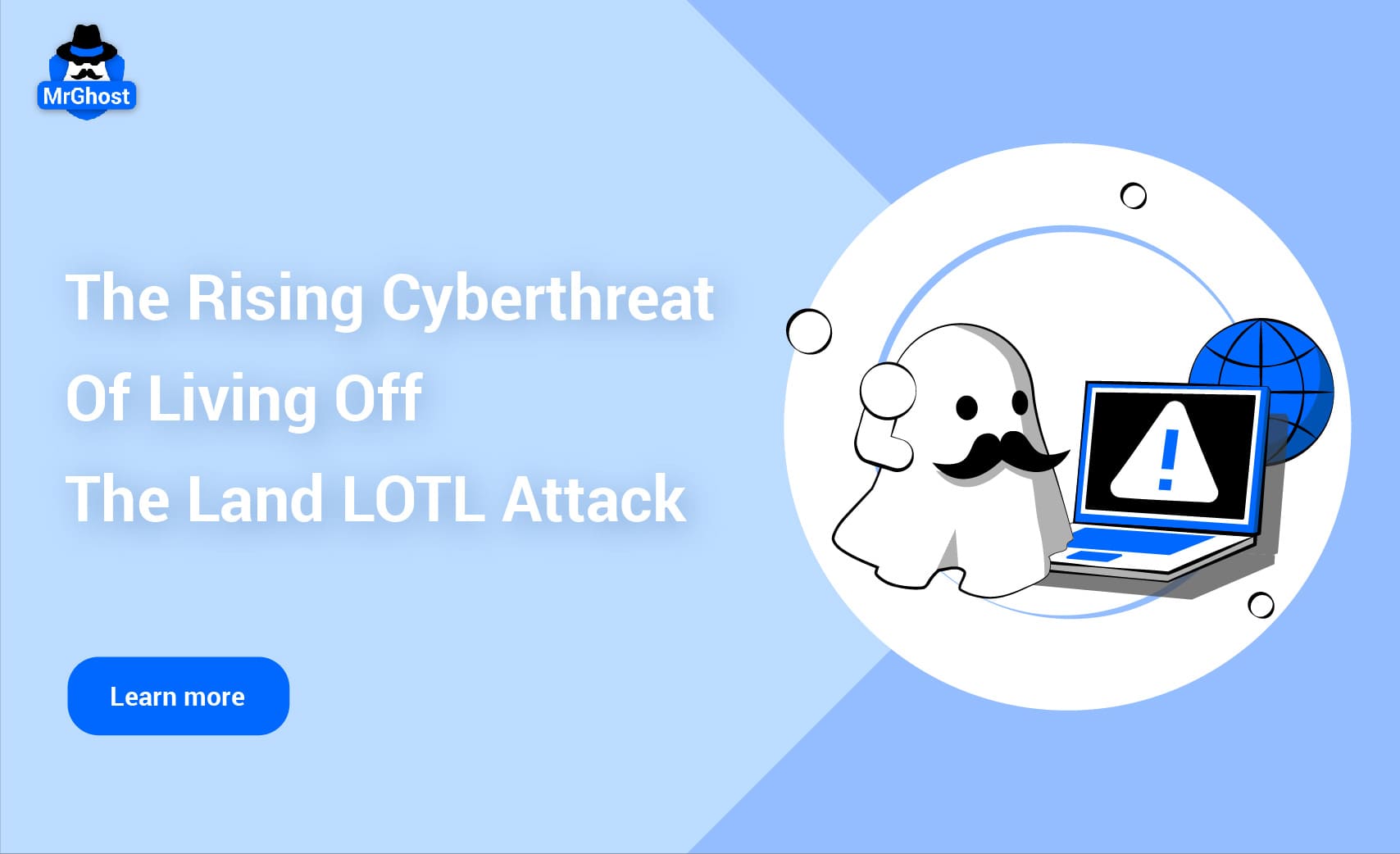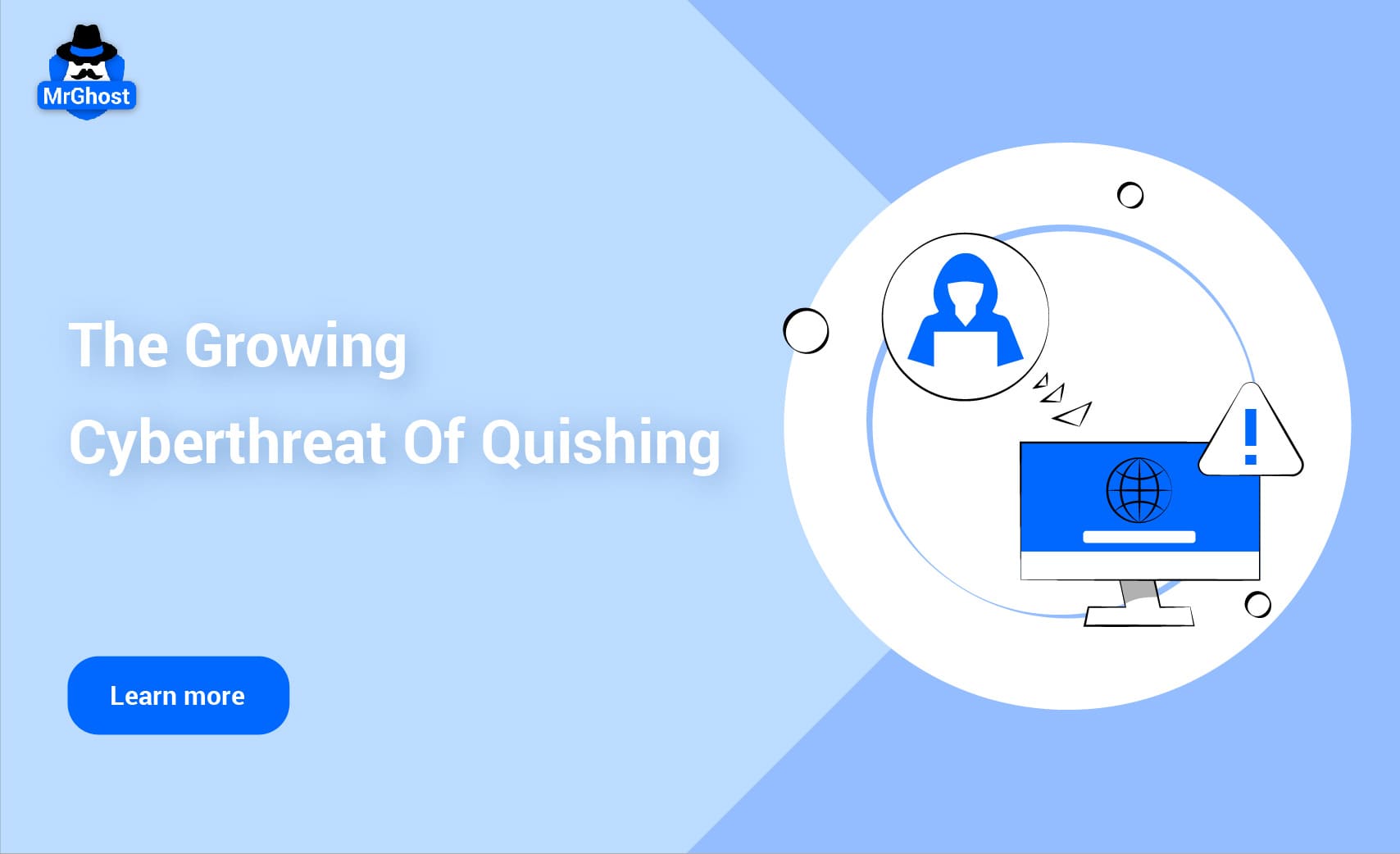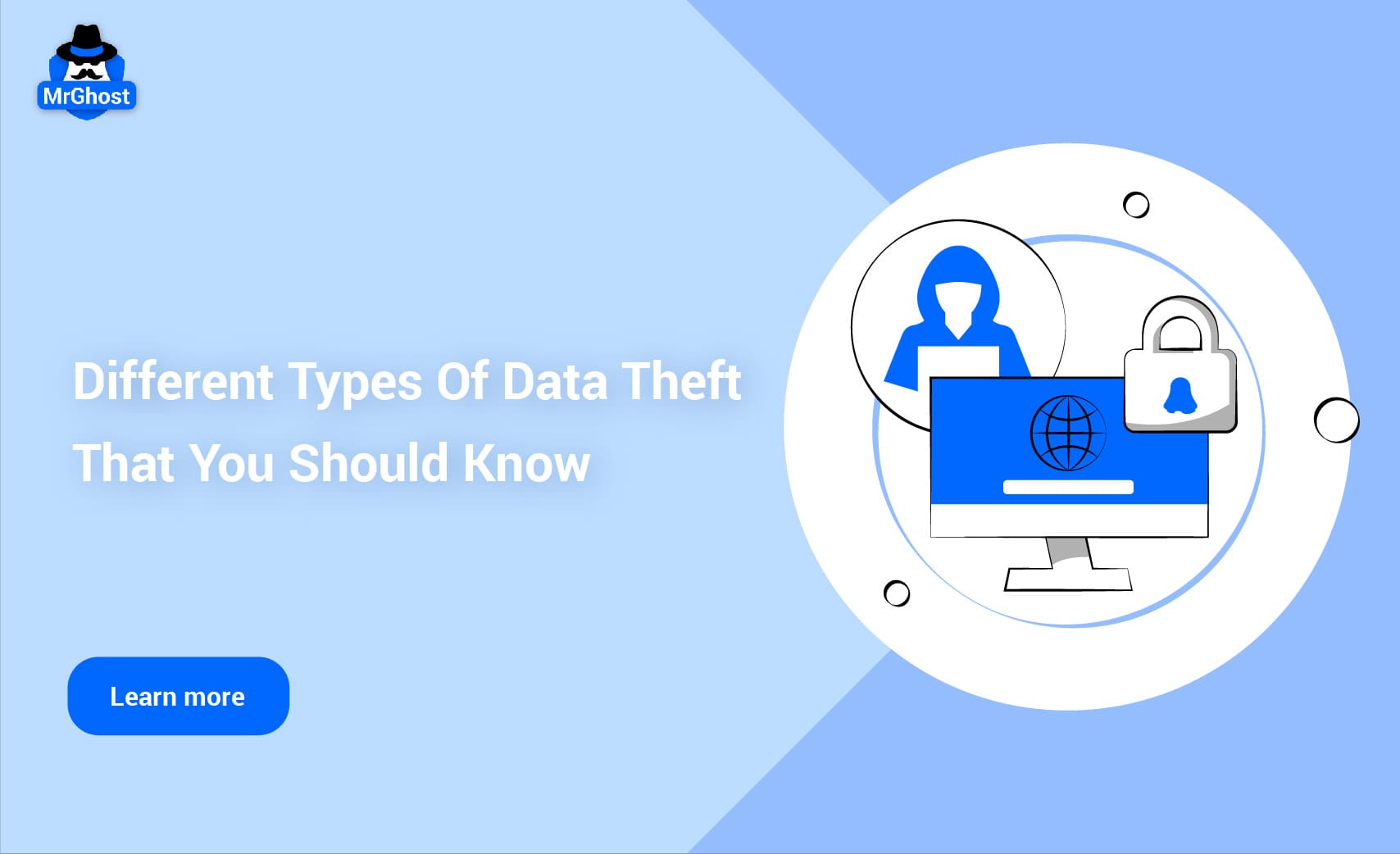
Why is "Living Off the Land" Effective?
"Living off the Land" (LOTL) attacks, where cybercriminals exploit legitimate tools and processes already present on a compromised system, have been growing significantly in recent years. This trend reflects a shift in how adversaries operate, opting for stealthier and more sophisticated tactics that can evade traditional security measures.
According to CrowdStrike, these malware-free attacks accounted for about 40% of all cyberattacks globally in recent years, signaling a dramatic rise. This shift is largely because LOTL tactics allow cybercriminals to bypass detection by using trusted system tools—like PowerShell, Windows Management Instrumentation (WMI), or even system binaries—to carry out malicious activities. By doing so, attackers blend into normal system operations, making their actions harder to spot and harder to attribute to specific threat actors.
Discover what Living Off the Land (LOTL) attacks are and how they work in this detailed guide.
What is "Living Off the Land"?
The concept of “Living off the Land” originally comes from the idea of survivalists who use natural resources from their environment to live without relying on external supplies.
In the context of cybercrime, it refers to attackers exploiting legitimate software and system functions to conduct their attacks, rather than introducing new, potentially detectable malware. This method reduces the need for externally sourced tools or files, which in turn makes the attack harder to trace and stop.
In essence, cybercriminals “live off” the tools and capabilities that already exist within a target’s environment, making it difficult for traditional security solutions to distinguish between legitimate system activity and malicious actions.
Key Strategies in LotL Attacks
Exploiting Legitimate Administrative Tools
Many organizations provide system administrators with powerful tools to manage and monitor their networks. However, cybercriminals have discovered how to use these tools for malicious purposes. Tools such as PowerShell, Windows Management Instrumentation (WMI), and PsExec are commonly used in LotL attacks. These tools are already trusted by the system and often require little or no additional configuration.
Example: A cybercriminal might use PowerShell to execute malicious commands or download additional payloads while avoiding the need for third-party malware. Since PowerShell is a native tool, its usage often bypasses traditional antivirus or endpoint detection systems that focus on identifying suspicious files rather than the legitimate software being exploited.
Abusing Trusted Relationships and Credentials
Cybercriminals often exploit existing user credentials, gaining access to systems using legitimate login mechanisms. By taking advantage of weak or stolen passwords, attackers can move laterally within the network, escalating privileges to gain higher-level access without introducing external tools.
Example: Using tools like Mimikatz, cybercriminals can extract credentials from memory, which are then used to authenticate and infiltrate additional systems. By leveraging these credentials, attackers avoid the need to deploy malware, making their presence more difficult to detect.
Continue reading: Cyber Threat: What Is Juice Jacking?
Living Off Software Vulnerabilities
Rather than deploying malware, attackers may target known vulnerabilities in software already running on the system, including web browsers, email clients, or office software. When cybercriminals exploit these vulnerabilities, they can gain access to sensitive data or compromise the system.
Example: A vulnerability in a widely-used software like Adobe Reader or Microsoft Office can be exploited to execute malicious code from within an otherwise trusted application, allowing attackers to control the system with little suspicion.
Script-based Attacks
Many LotL attackers make use of scripting languages such as PowerShell, JavaScript, or batch files to carry out attacks. These scripts can be embedded within documents, emails, or even run directly on the target system, enabling the cybercriminal to conduct a variety of malicious activities such as data exfiltration, system reconnaissance, or lateral movement.
Example: A phishing email might deliver a harmless-looking document that, when opened, runs a PowerShell script. The script could download further payloads, execute commands, or create backdoors, all while using tools that are native to the Windows operating system.
Continue reading: Spoofing Attacks vs. Phishing Scams
Persistence and Evasion
LotL attackers often use techniques that allow them to maintain long-term access to a compromised system without being detected. They might hide their activities by creating new administrative accounts, altering system logs, or even establishing connections through trusted network channels.
Example: Attackers might use WMI to execute scheduled tasks remotely, ensuring their malicious activity runs automatically even after a system reboot, or they may use "Living off the Land" techniques to disable or evade detection by security software.
Why is "Living Off the Land" Effective?
1. Reduced Detection Risk: LotL strategies are effective because they leverage existing, trusted software and tools. Security solutions that focus primarily on identifying unknown or suspicious files may not detect malicious actions conducted by these trusted tools.
2. Bypassing Security Solutions: Many security systems are designed to flag unfamiliar files, applications, or behaviors. By using native system tools, cybercriminals make it more difficult for traditional security measures to identify malicious activity.
3. Cost and Effort Efficiency: By not needing to develop or deploy new malware, attackers save time and resources. They can take advantage of existing infrastructure and focus on the more lucrative aspects of their attack, such as stealing sensitive data or controlling a network.
4. Longer Attack Lifespan: Since LotL techniques tend to be less conspicuous, attackers can maintain access to systems over extended periods, silently siphoning off information or maintaining control. This enables them to extract maximum value before detection occurs.
Continue reading: Different Types Of Data Theft That You Should Know
Conclusion
The “Living off the Land” strategy represents a sophisticated evolution in cybercriminal tactics, enabling attackers to use tools already built into systems to conduct their attacks.
By exploiting legitimate administrative tools, scripts, and software vulnerabilities, cybercriminals can gain access to networks, steal data, and evade detection for extended periods. To defend against such attacks, organizations must invest in advanced security measures, focusing on behavioral monitoring, patch management, and proactive threat hunting to detect and respond to these stealthy, evolving tactics. Only with a comprehensive, multi-layered defense strategy can organizations hope to stay one step ahead of the cybercriminals using these tactics.













